For an experiment I need to generate a sine wave which has a THD below -80dB. I would like to do that using a band-pass filter connected to a function generator because the output of the function generator does not have a THD below -80dB.
I found that my filter does not work properly.
The picture below shows the basic circuit that I want to use as well as the construction. I am using the following core with around 200 windings and two 10nF ceramic capacitors to form the tank circuit.
The picture below shows the FFT of the input signal from the function generator (green / channel 4) as well as the voltage measured across the tank circuit (orange / channel 1.) It can be seen that the filter does not seem to attenuate the harmonics for some reason (the third harmonic for example actually seems bigger in the filter output.)
During the measurement, I set the output of the function generator to around 100mV peak and I adjust the frequency to maximize the voltage across the tank circuit to ensure that I'm actually at the resonant frequency of the tank circuit.
I am not sure as to why my filter does not work properly. I thought that the ferrite core itself may create harmonics. In principle, the flux density in the core should be given by:
$$ \hat{B} = \frac{\hat{V}}{A \omega N} $$
Where \$A\$ refers to the core area. If I plug in the data for my core, I get:
$$ \hat{B} \approx 4.5\mathrm{mT} $$
That seems relatively small. Could there be another issue that I'm missing?



